Search
Search Results
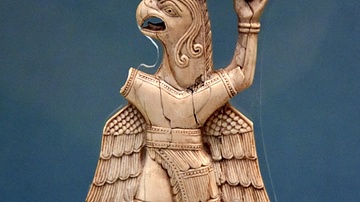
Image
Urartian Ivory Demon
This is a griffin-headed demon of white ivory. Both arms are raised (the right is lost), probably to support a throne. From Toprakkale, Eastern Anatolia, in modern-day Turkey. Urartian, 8th to 7th century BCE. (The British Museum, London).
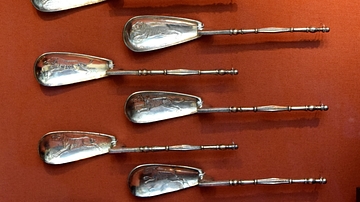
Image
Silver Spoons from the Cyprus Treasure
Each spoon in this matching set has a pear-shaped bowl attached by a small disc to an ornate handle. The bowls are decorated with different leaping animals, including a ram, panther, lion, lioness, stag, bear, boar, bull, hare, horse, and...
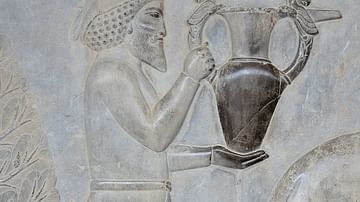
Image
Armenian Tribute Bearer from Persepolis
Relief on the southern wall of the east stairway of the Apadana in Persepolis depicting an Armenian tribute bearer carrying a metal vessel with Homa (griffin) handles. 5th century BCE.
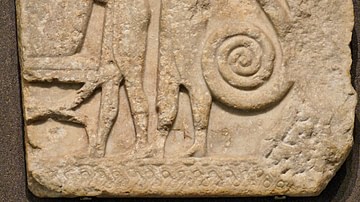
Image
Agamemnon, Relief of Samothrace
The relief of Samothrace, c. 550 BCE. An inscription identifies a procession of Agamemnon, a herald, and Epeios (maker of the Trojan Horse). To the right is a griffin, now defaced. (Louvre Museum, Paris)
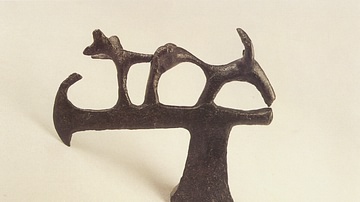
Image
Thracian Miniature Axe, Regional Museum of History - Stara Zagora
Miniature axe, decorated with protomes of a bull, griffin, and a deer. The blade is shaped as a stylised goat head. 8th-7th century BCE. Regional Museum of History - Stara Zagora. Photo: Nikolay Genov in catalogue of the exhibition Los...
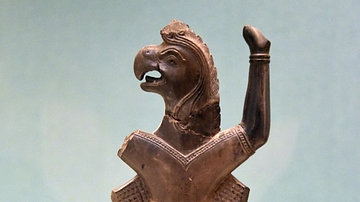
Image
Urartian Blackened Ivory Panel
This is a griffin-headed demon of blackened ivory. Both arms are raised (the right is lost), probably to support a throne. From Toprakkale, Eastern Anatolia, in modern-day Turkey. Urartian, 8th to 7th century BCE. (The British Museum, London...
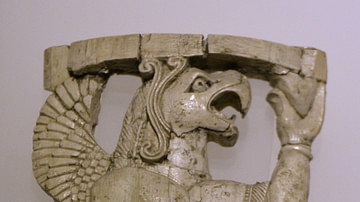
Image
Urartian Winged Demon
Ivory figure of a griffin-headed demon, from Altıntepe, an Urartian fortress and temple located in eastern Anatolia, 8-7th BCE.
Museum of Anatolian Civilisation, Ankara.
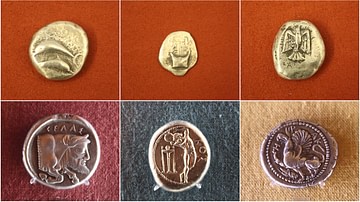
Image
Ancient Greek Coins
Top row (L to R): Thera (c. 500 BCE) - Silver stater, two dolphins. Delos (6th century BCE) - Silver drachm, lyre. Siphnos (540-500 BCE) - Silver stater, eagle. (Alpha Bank Numismatics Museum, Kerkyra, Corfu) Bottom row (L to R...
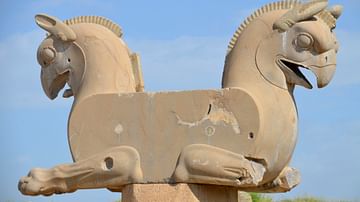
Image
Huma Birds
Double griffin capital, locally known as "huma birds" probably from the Unfinished Gate, Persepolis, Iran.